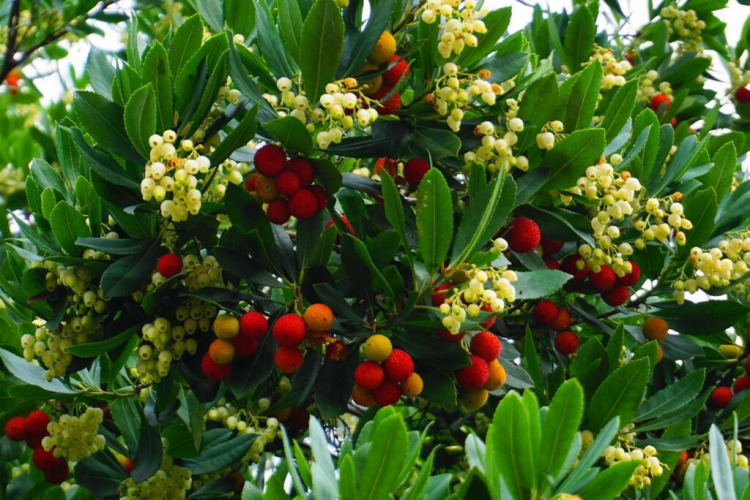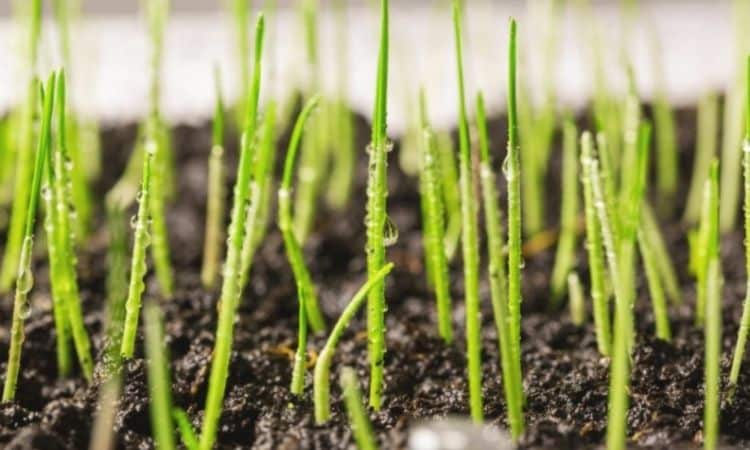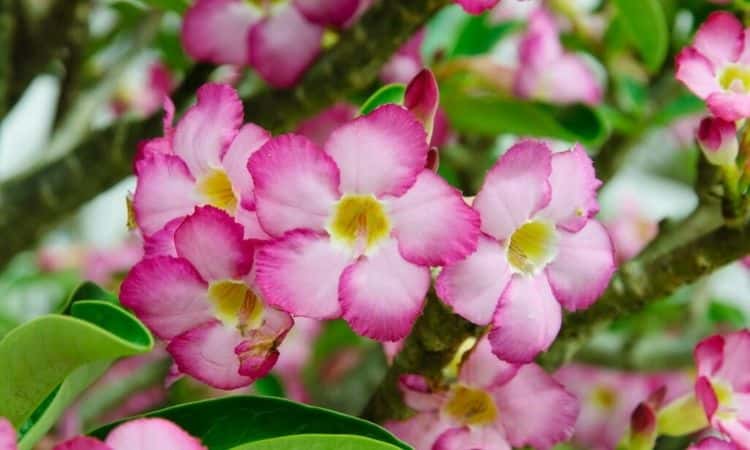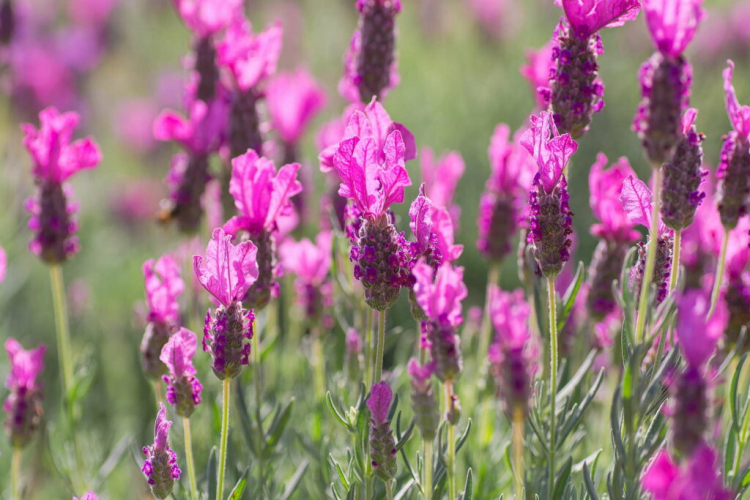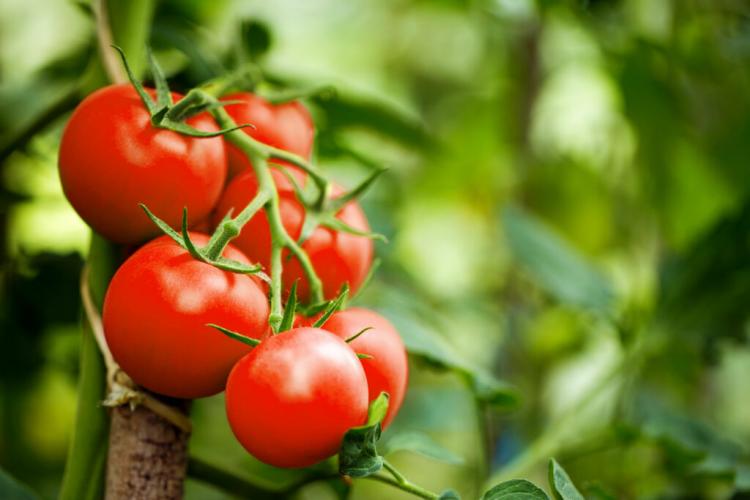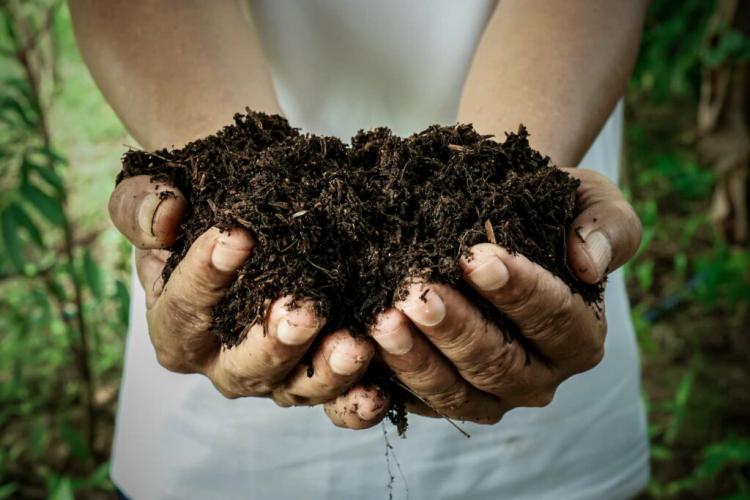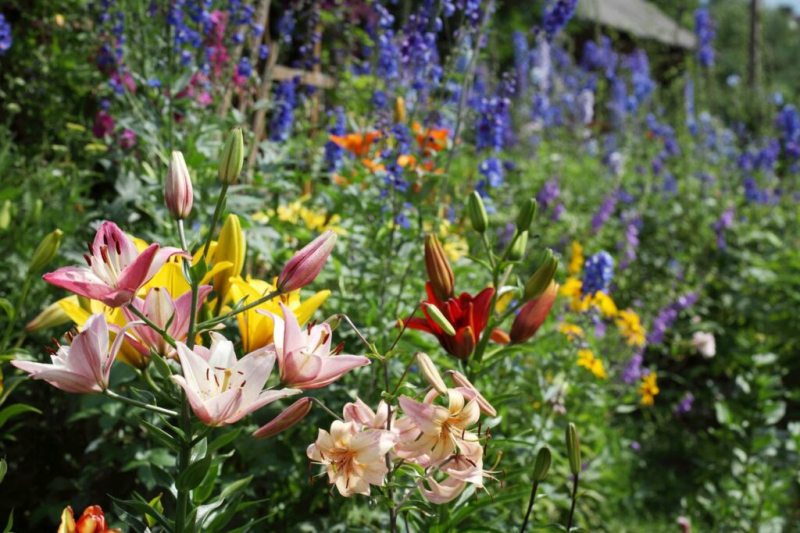Strawberry Tree: Best Types & Tips For Planting
The fruits of the strawberry tree look very similar to the strawberries from the bed. We’ll introduce you to the best varieties from American to Western strawberry trees and show you how to plant and care for strawberry trees in the garden. Well, are those strawberries on the tree? Even if the fruits of the strawberry tree are reminiscent of the red berries, the strawberry tree is not related to them. We’ll tell you what the strange tree is all about.
Strawberry tree: origin and characteristics
Table of Contents
The strawberry tree ( Arbutus ), also known under the names of land berries, hag apples, or sea cherries, originally comes from regions such as the Mediterranean, the Canary Islands, and North America. The plant has been delighting people for a long time, as evidenced by its mention in poems by Virgil and Ovid. Today, however, this plant is a real insider tip in Central European gardens.
The strawberry tree is characterized by rather slow growth, with a maximum height of about 5 to 40 meters in the open – depending on the species. The leaves of the evergreen tree or shrub are reminiscent of those of the laurel tree. The strawberry tree can be expected to bear fruit from around the age of five. Depending on the species, the strawberry tree blooms in winter or spring and shows its white to pink-colored, panicle-forming bell-shaped blossoms, typical of the heather family ( Ericaceae ) to which the tree belongs. In spring, the red-orange-colored strawberry-shaped berries give it their name form and can be harvested the following autumn. This makes the strawberry tree an ideal eye-catcher in both small and large gardens.
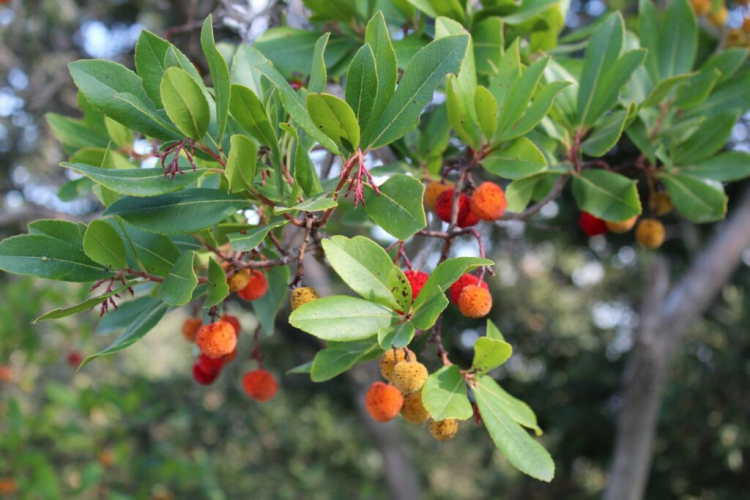
The best strawberry tree species
The eleven different species of the strawberry tree are divided into old-world and new-world varieties based on their origin. Among the ancient species, the western strawberry tree ( Arbutus unedo ), the eastern strawberry tree ( Arbutus andrachne ), and the Canary strawberry tree ( Arbutus canariensis ) should be mentioned. The American strawberry tree (Arbutus menziesii ) is known as a representative of the New World species. The strawberry tree species differ optically mainly in terms of their color and the shape of the flowers as well as the different heights and winter hardiness.
Western strawberry tree
The western strawberry tree is particularly widespread in the western Mediterranean area but is also found occasionally on the Atlantic coast as far as Ireland. While most fruit trees bloom in spring, the strawberry tree is an autumn bloomer and therefore a real eye-catcher in the autumn garden. Between October and December, the western strawberry tree then shows white to pink-colored, panicle-forming bellflowers. The tree is dependent on cross-pollination.
To enable the flowers to be fertilized, you either have to have a strawberry tree in a neighboring garden or you plant two of these extraordinary trees in your garden. The two to three centimeters large fruits ripen in the following year and can be harvested in autumn during the next bloom. The western strawberry tree reaches a height of three to five meters. Relatively little breeding work has been done for the varieties of the western strawberry tree, which is why a few special specimens are waiting for us here:
- Arbutus unedo ‘Integerrima’: The specialty of this variety is a particularly shrub-like growth with brilliant white flowers in late autumn.
- Arbutus unedo ‘Rubra’: This variety offers a special play of colors with pink to light purple flowers for flowering in autumn.
- Arbutus unedo ‘Compacta’: This variety is ideal for anyone who wants a small strawberry tree as a container plant. It is characterized by a particularly small growth with a maximum height of one to two meters.
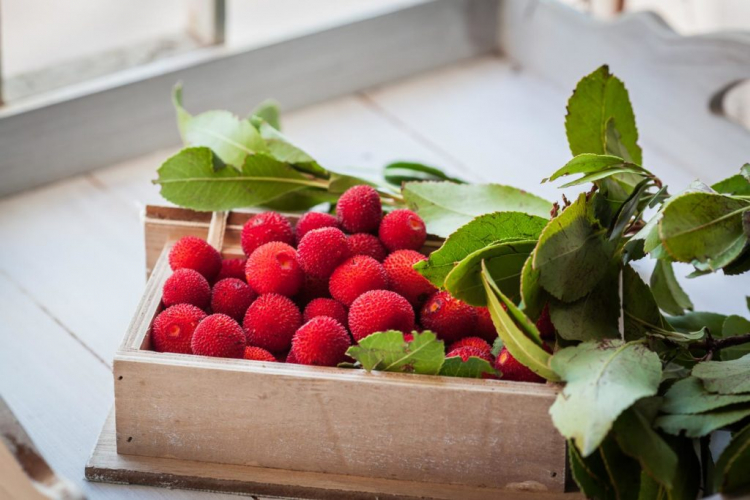
Canarian strawberry tree
The Canary Strawberry Tree originally only existed in the Canary Islands, where it can grow to a height of up to 15 meters. The fragrant and, in contrast to the western strawberry trees, self-fertilizing flowers appear in a white to reddish hue in February. The fruits are ripe in late autumn to winter and are two to three centimeters in size.
Eastern strawberry tree
The eastern strawberry tree is native to the eastern Mediterranean, for example in Greece or southern Albania. The tree reaches a maximum height of twelve meters and the mostly white flowers appear from February. The orange-red fruits, which are about one centimeter in size, can be eaten in autumn.
American strawberry tree
The natural range of the American strawberry tree extends along the Pacific coast of North America. Due to the strong temperature fluctuations in this region, the American strawberry tree can cope with temperatures between -20 ° C and +45 ° C without any problems.
With a height of up to 40 meters and a trunk diameter of up to 150 centimeters, the New World American strawberry tree is the largest representative of the strawberry trees. In contrast to the old-world strawberry trees, the American strawberry tree blooms between April and May and forms spike-shaped inflorescences over twelve centimeters in size with small hermaphrodite white flowers. With a diameter of one centimeter, the fruits are smaller than the fruits of the western strawberry tree.
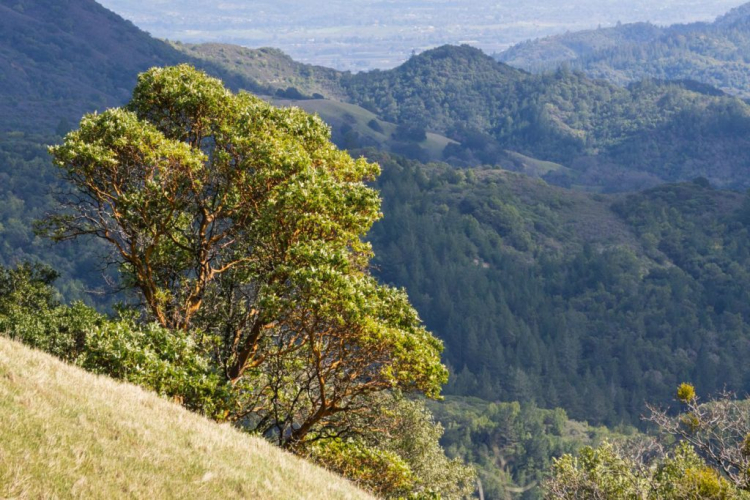
Planting a strawberry tree: location, timing, and procedure
Spring or autumn is particularly recommended for planting your strawberry tree. Summer is less suitable as the strawberry tree is sensitive to drought after planting. Unfortunately, strawberry trees are not suitable for indoor plants but need the sun in your garden or on the balcony. Varieties like Arbutus unedo ‘Compacta’ can also be grown outside in a planter. To avoid waterlogging, it is advisable not to use a saucer when cultivating in pots.
The right location for strawberry trees
Most strawberry trees are best kept outdoors. Since the tree is very drought tolerant, it feels particularly comfortable in a dry and sunny corner in your garden. In winter, the American strawberry tree tolerates temperatures of -15 to -20 ° C, all other species absolutely need winter protection and can only be planted in protected locations. In the case of young strawberry trees, we recommend cultivation in pots and frost-free overwintering until the tree is sufficiently hardy at the age of five and can be planted out.
The strawberry tree is not very demanding in terms of soil and also thrives on less fertile soils. The substrate should be sandy and humus to slightly loamy and well-drained of water.
This is how you plant a strawberry tree
To plant your strawberry tree, dig a hole one and a half times the size of the ball of the tree. We recommend a wooden plank as a support, especially for trees over one and a half meters high. The tree can be fixed to the wooden post with a tree connection made of coconut rope. However, the stake and tree must not be against each other, otherwise, the bark will be damaged by the rubbing.
You might so like: Dwarf Fruit Trees: Grow Patio Trees In Your Own Garden
After planting, water the tree abundantly, preferably with the help of a watering edge. A good water supply should be ensured, especially in the next three weeks. Organic potting soil is ideal for cultivating a small strawberry tree in a bucket or improving your garden soil and can thus encourage the tree to flower.
Summary – planting a strawberry tree :
- Outdoor cultivation or cultivation in planters possible
- Sun to partial shade
- The warm and sheltered location
- No temperatures below -15 ° C
- No waterlogging
- Loose, slightly acidic soil
- Planting in spring or autumn
- Support tree after planting
- Water abundantly at the beginning
- After two to three weeks of fertilization with an organic flower fertilizer
Maintain, fertilize and water the strawberry tree
The strawberry tree is very drought tolerant, which makes it an easy-care eye-catcher in your garden. Pests are not a big issue for the strawberry tree. Only aphids can occasionally be seen on the tree. However, the infestation is usually limited. If not, you can send beneficial insects against the aphids into the field. Here you can find out more about how beneficial insects control aphids.
Since the plant also thrives in nutrient-poor soils, it is sufficient to apply fertilizer in spring and summer, for example with our Plantura organic flower fertilizer. This provides a long-lasting supply of essential nutrients.
You might so like: Planting Pear Trees: Instructions And Tips From The Expert
Cut the strawberry tree
With young strawberry trees, the shoot tips can be shortened a little in spring to encourage denser growth. Sharp secateurs should be used to avoid crushing the wood. A smooth cut surface offers less contact surface for fungi and helps to keep the tree healthy. Older trees develop best without interfering with their growth. Heavy cuts in the old wood should be avoided if possible. Old wood should be removed from the crown and the branch cut back to green, i.e. still living tissue.
Propagate strawberry tree
Both vegetative propagations via cuttings and generative propagation of the strawberry tree via the seeds in the fruits are possible:
- Propagation via seeds is a bit more complex: the seeds soak in water for a few hours and are then stored in the refrigerator for two months, where they begin to germinate. Then the germinated seeds can be planted.
- Cuttings of the strawberry tree can be cut from woody, but not too old shoots in the fall. The leaves of the approximately ten centimeter-long cuttings are removed except for the top two and put in the soil. The cuttings are then covered with a transparent hood and placed in a light place at room temperature. New strawberry trees then grow from the cuttings.
Are the fruits of the strawberry tree poisonous or edible?
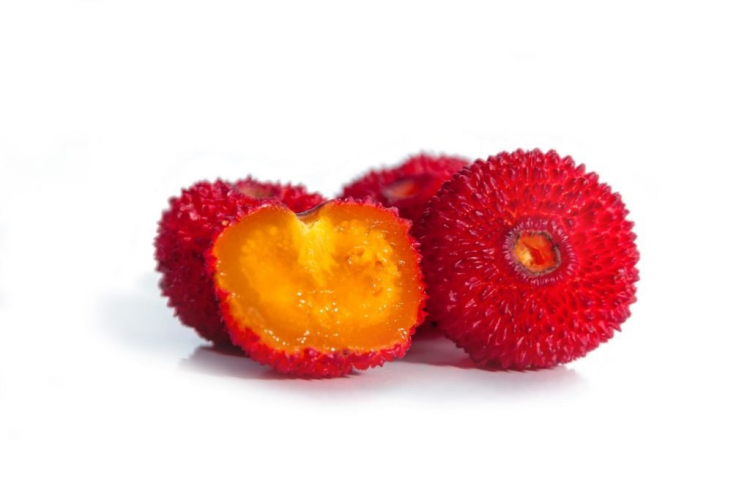
The fruits, which look like strawberries, can be harvested in autumn. The fruits of the strawberry tree are edible, have a sweet-sour-to-sweet taste, and a slightly floury consistency. They can be eaten raw or made into a very special jam in the kitchen.
